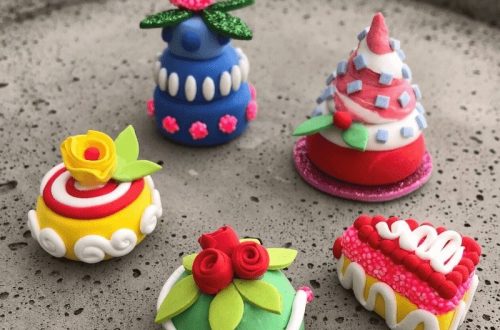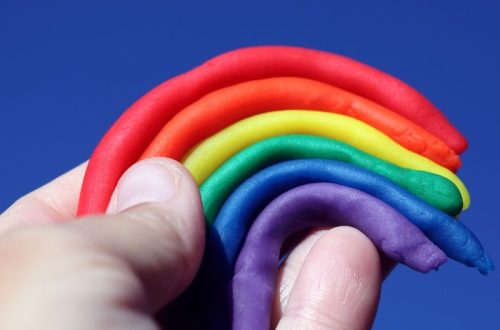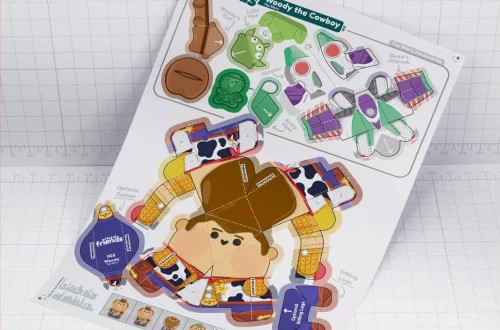Cats are playful creatures with boundless energy and a natural curiosity for the world around them. Keeping them entertained is not just about fun, it’s essential for their physical and mental well-being. Commercial cat toys offer a variety of options, but why not get crafty and create some engaging DIY toys for your feline friend? This guide explores readily available materials and simple techniques to craft purr-fectly enjoyable toys for your cat.
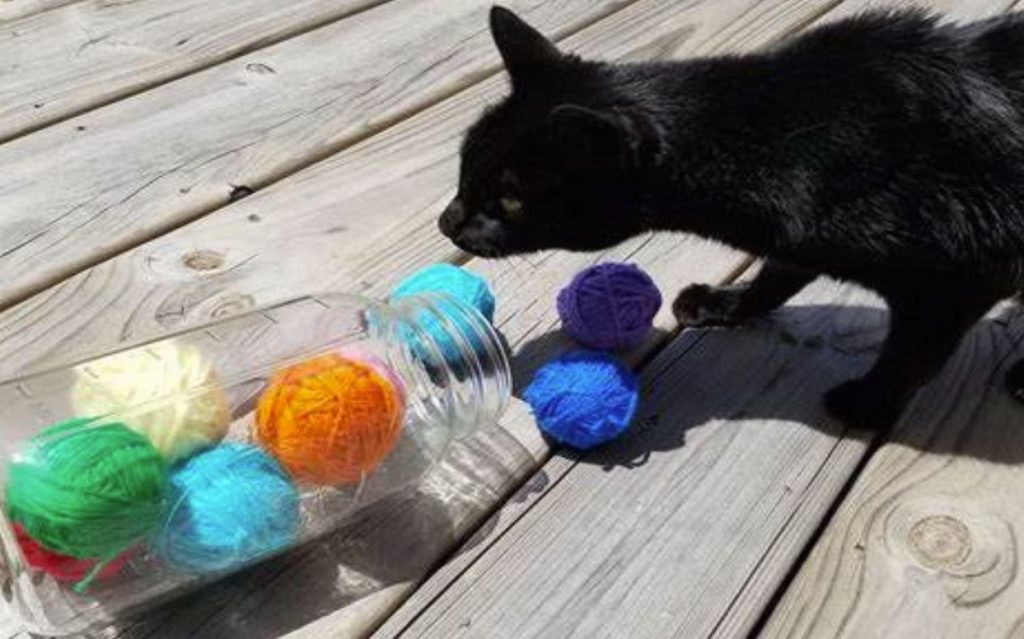
Part 1: The Thrill of the Hunt – Toys that Spark Natural Instincts
Crinkly Creations:
Cats have a natural inclination towards crinkly textures, as they resemble the sounds produced by potential prey. To create a simple and engaging crinkly toy for your feline friend, consider using an empty cereal box. Cut out intriguing shapes from the box, crumple it to create a crinkly, textured surface that is sure to attract your cat’s attention. The crinkly sound and unique shapes will stimulate your cat’s curiosity, providing an entertaining and enriching play experience.
For an extra element of excitement, consider adding some catnip to the toy. Catnip, a potent herb from the mint family, is known for its ability to attract and stimulate most cats. By adding a sprinkle of catnip to the crinkly toy, you can amplify your cat’s interest and playfulness, enhancing their overall enjoyment. This quick and easy DIY project allows you to create an interactive and stimulating toy that is sure to captivate your feline companion’s interest and keep them entertained.
Feathered Frenzy:
A simple feather wand can provide endless entertainment for your cat. Secure a feather to a dowel rod or a chopstick using string or yarn. The fluttering movement of the feather will trigger your cat’s hunting instincts, leading to energetic pouncing and batting sessions.

Part 2: Reimagine Everyday Objects – Transforming Familiar Items
The Cardboard Caper:
Cardboard boxes are a playground for curious cats, offering endless potential for creative and stimulating activities. By cutting out windows and doors, you can transform a simple cardboard box into an imaginative cardboard castle or an engaging maze for your cat to explore. This not only provides a safe and intriguing space for your feline friend to interact with but also encourages their natural instincts for exploration and play.
Furthermore, cardboard tubes from paper towels or toilet paper rolls can also be repurposed into entertaining toys for your cat. By stuffing these tubes with crinkled paper or catnip, you can create engaging items for your cat to bat and swat at, promoting physical activity and mental stimulation.
By utilizing cardboard in these ways, you can offer your cat a variety of engaging and enriching activities that cater to their natural behaviors and play preferences, all while reusing and upcycling common household items. This DIY approach not only fosters a strong bond between you and your cat but also encourages active play and mental stimulation, contributing to your cat’s overall well-being.
The Ball is Always Rolling:
Ping pong balls, balled-up socks, or wadded-up pieces of paper can all be transformed into engaging toys. These lightweight objects can be batted around the house, providing exercise and mental stimulation for your cat. Supervision is recommended with small objects to prevent choking hazards.

Part 3: Safety First – Choosing Cat-Friendly Materials
Skip the Strings and Sharp Edges:
When creating DIY cat toys, it’s essential to prioritize safety. Avoid incorporating long strings or ribbons into your homemade cat toys, as these can pose a choking hazard if ingested by your feline companion. Likewise, be cautious of sharp edges or staples that could potentially cause injury to your cat during play.
Instead, opt for soft materials and ensure that any edges are blunt to mitigate the risk of injury. By prioritizing these safety considerations, you can provide your cat with a secure and enjoyable playtime experience, minimizing any potential hazards or risks associated with the toys you create.
Fostering a safe play environment for your cat involves being mindful of the materials and construction methods used in DIY toy creation. By adhering to these safety guidelines, you can ensure that your cat can engage in enriching play activities without any unnecessary risk. Ultimately, the goal is to provide your cat with stimulating and enjoyable toys while maintaining their safety and well-being.
Durable Delights:
Choose materials that can withstand some scratching and batting. Cardboard boxes are excellent for short-term entertainment, but for long-lasting toys, consider using sturdier materials like fabric scraps or braided yarn.
Part 4: Spice it Up! – Adding Variety and Challenge
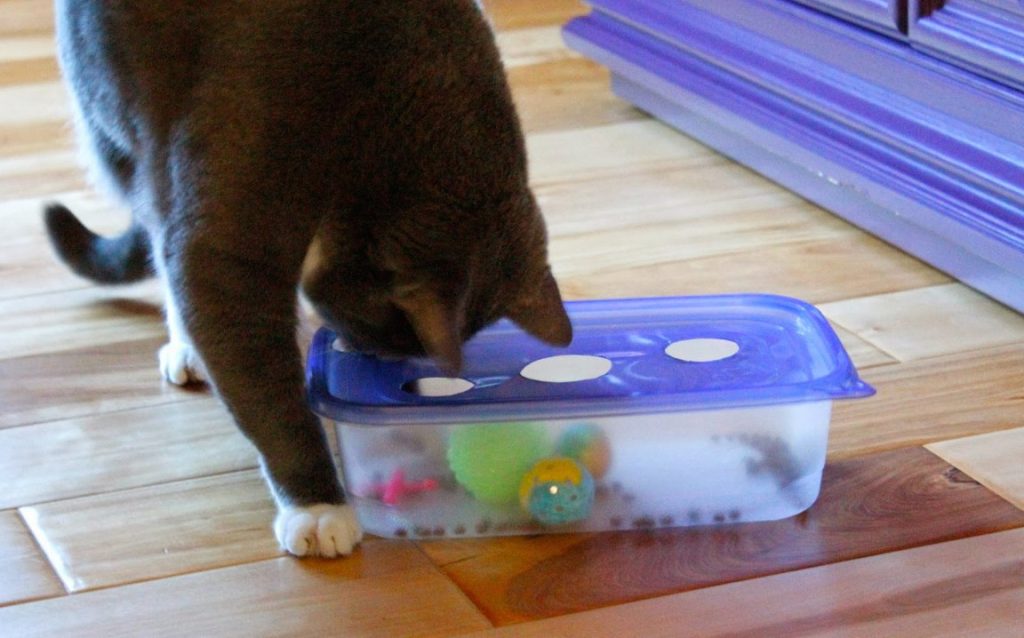
Rotate the Toys:
Cats are known for their curiosity and need for stimulation. To avoid boredom and prevent destructive behaviors, it’s essential to provide them with a variety of engaging toys. In addition to commercially available toys, creating a range of DIY toys can further enrich your cat’s playtime experiences. From crinkly toys made from household items to interactive puzzle toys, the options are nearly endless.
To keep your cat’s interest piqued, consider rotating the toys regularly. This simple practice can help maintain your cat’s engagement by introducing novelty and variety. By cycling through different toys, you can effectively extend the lifespan of each toy while continually stimulating your cat’s senses and encouraging active play.
Introducing a variety of toys and regularly refreshing their selection can help prevent your cat from becoming bored with their playthings, promoting mental and physical stimulation. By offering a diverse array of toys and consistently rotating them, you provide your feline companion with a stimulating and dynamic play environment, contributing to their overall well-being and happiness.
Level Up the Difficulty:
For intellectually curious cats, consider hiding treats inside crumpled paper balls or cardboard boxes. This element of surprise and challenge will extend playtime and keep your cat mentally stimulated.
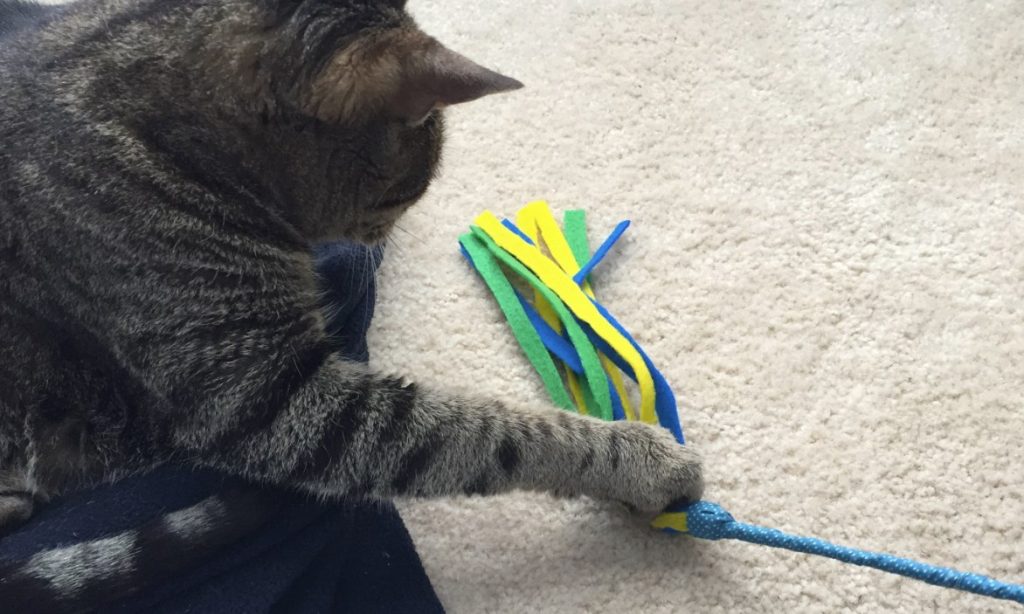
Part 5: Beyond the Toys – Interactive Play for a Happy Cat
The Power of Playtime:
DIY toys are a fantastic way to bond with your cat. Schedule regular playtime sessions and actively engage your cat with the toys you’ve created. This interactive play strengthens your relationship with your feline companion and provides much-needed exercise.
A World of Exploration:
While DIY toys offer great entertainment, remember that cats also crave environmental enrichment. Provide scratching posts, climbing structures, and perches to encourage natural behaviors and keep them mentally stimulated.
Crafting DIY cat toys is a fun, rewarding, and cost-effective way to keep your cat happy and entertained. With a little creativity and readily available materials, you can create a stimulating world of play for your feline friend. Remember to prioritize safety, introduce variety, and most importantly, have fun bonding with your cat through the joy of play!
